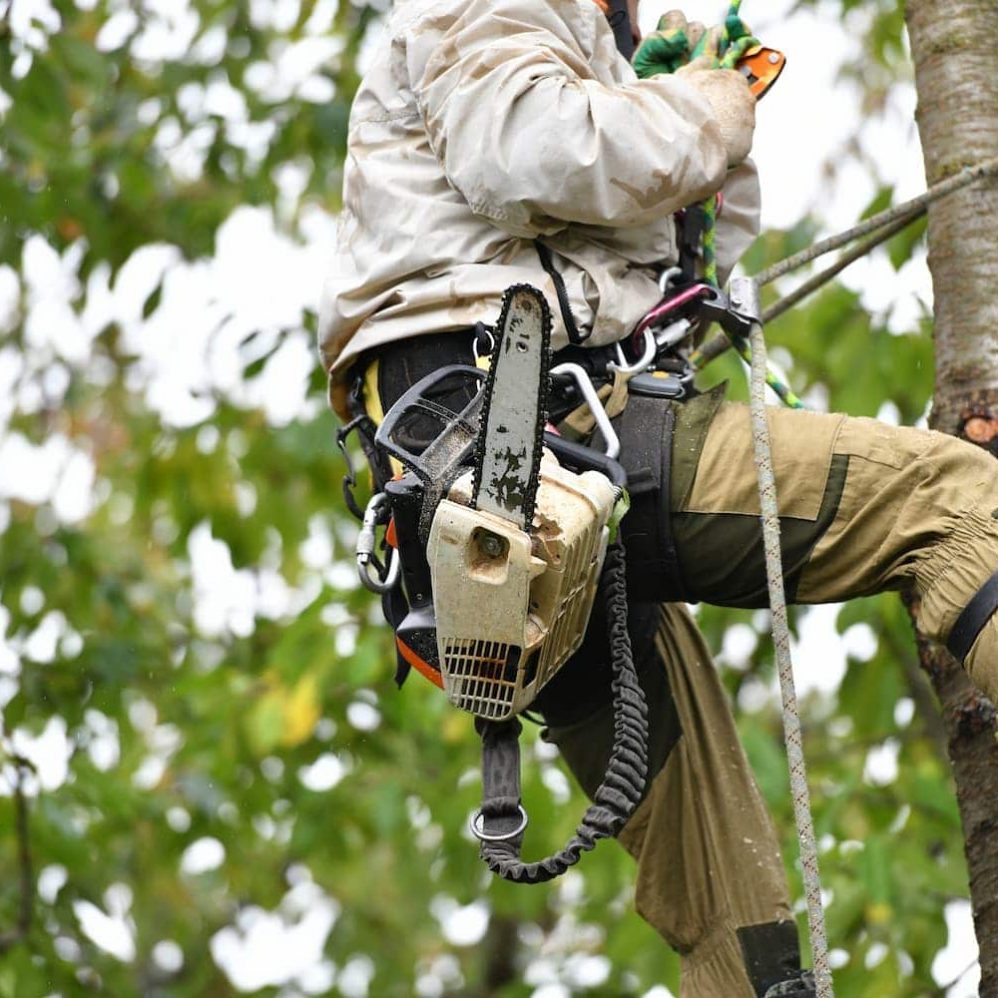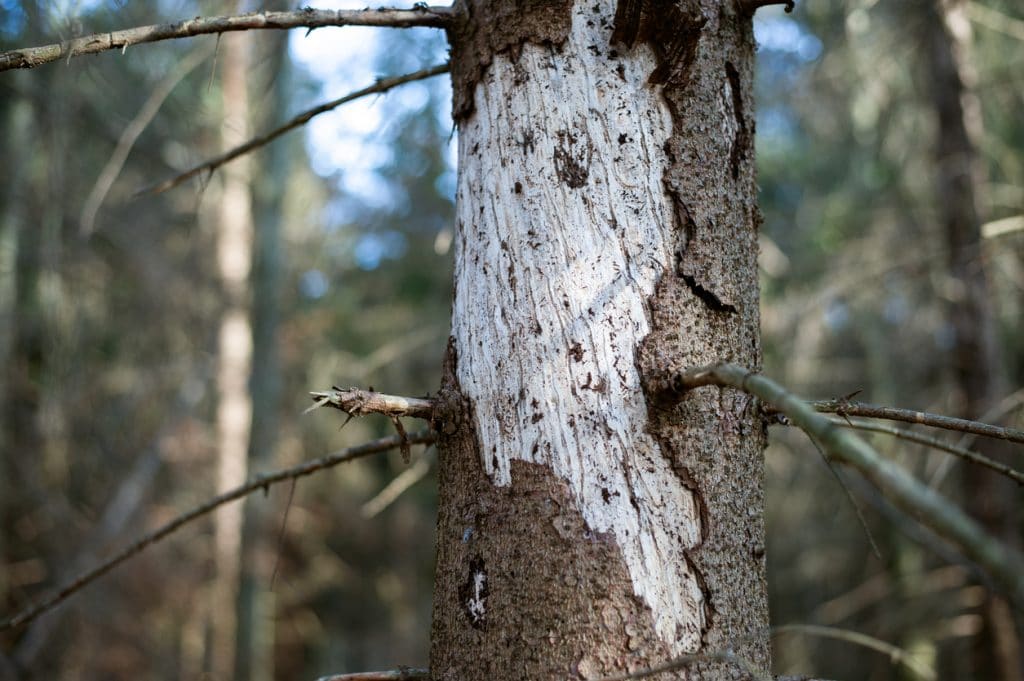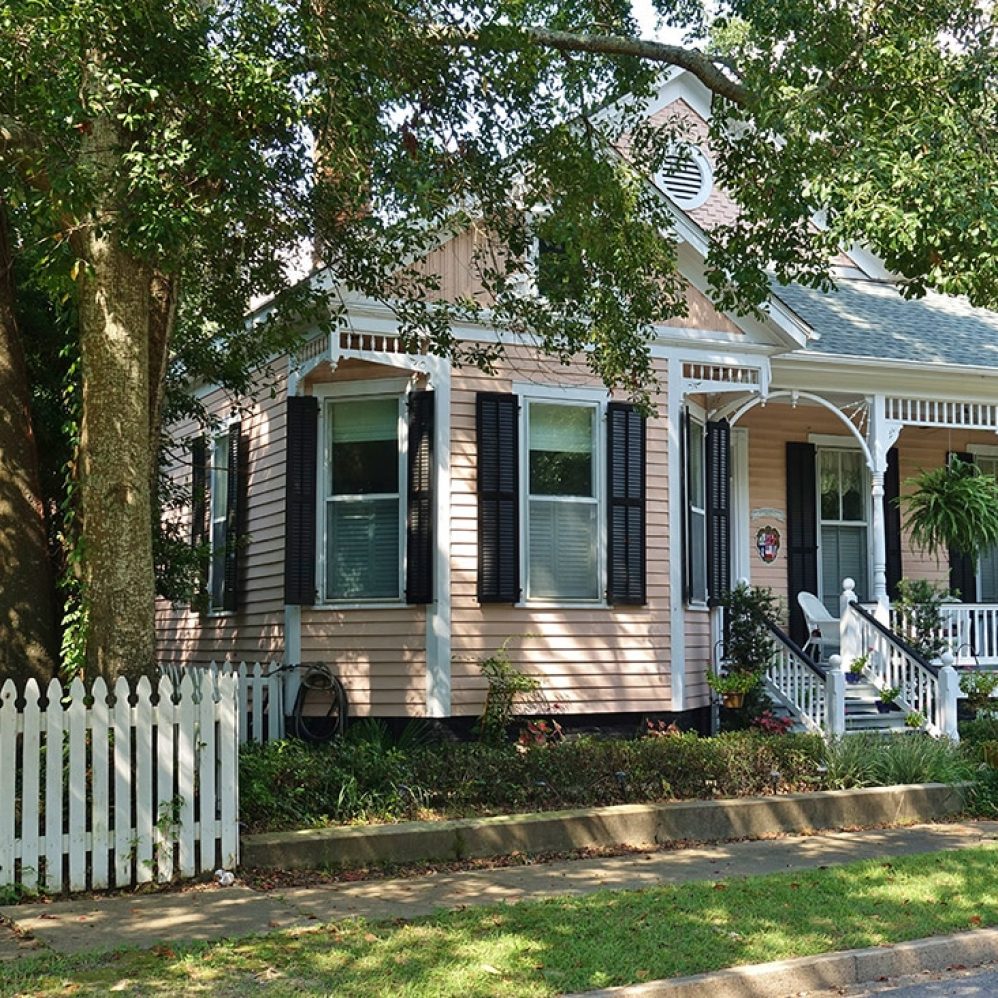Some trees popular in Wichita, KS and surrounding communities are naturally resistant to disease and many pests. Others, however, are more vulnerable when younger and still taking root or because of the type of wood. Regardless of what applies to your trees and what you have on your property, it’s a good idea to know what kind of tree pests to watch out for as the seasons go by. We spotlight some of the more common ones in Kansas below.
1. Emerald Ash Borer
Native to parts of Europe and Asia, this is an exotic invasive beetle that made its way to the United States. According to the Kansas Forest Service, these pests are more active between May and August. Soon after hatching, the young beetles chew into the bark and disrupt the flow of water and nutrients. As the name suggests, these beetles have a preference for ash trees, where they’re often found in crevices. Preventative options are available to protect trees not yet affected.
2. Bagworms
Common throughout Kansas and nearby areas, these tree pests blend in well with leaves and consume them. In fact, bagworms often remain unnoticed until the damage from their diet becomes obvious. An assortment of trees popular in Kansas can be affected by bagworms, including oaks, junipers, willows, maples, and elms. An easy way to manage this issue is to pick the sacks off your trees in the fall.
3. Japanese Beetles
These flying, feeding beetles often affect ash trees in Kansas. It may be possible to get rid of these beetles if spotted very early. However, if a tree is severely affected, it’s best to have it removed. This is done to prevent the beetles from spreading to nearby trees. An all-natural way to deal with smaller areas of a tree affected by these pests is to make up a homemade spray by:
- Adding 4 tablespoons of dish soap to a spray bottle
- Filling it up with a quart of water
- Spraying the mixture directly on the beetles
- Also spraying nearby trees and garden areas to further deter these pests
4. Whiteflies
These flying tree pests have a preference for tender, newer tree leaves. What they do is suck out the sap. Horticultural oil is one quick and easy way to deal with a pest that’s actually more of a nuisance since no immediate threat is posed to affected trees. Signs suggesting you could have issues with whiteflies include curling leaves and ones with yellow spots. You may also notice leaves prematurely dropping off.
Don’t Wait to Deal With Pest Damage
Pest damage to trees is best treated as soon as it’s noticed. This is when you can count on a trusted local company in Wichita like Complete Tree Service to arrive promptly to assess the damage. In some cases, this may mean tree removal is necessary or recommended. However, there are times when pest-damaged trees can be spared and protected once the damaged areas are taken care of properly.
Contact our local tree care pros today to schedule an appointment.





